Looking fine and ship-shape. 
Fair winds.. Ed

Fair winds.. Ed
 |
As a way to introduce our brass coins to the community, we will raffle off a free coin during the month of August. Follow link ABOVE for instructions for entering. |
 |



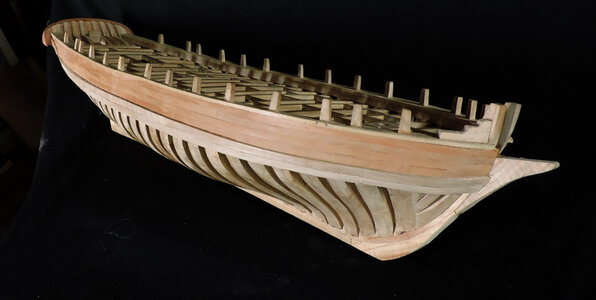

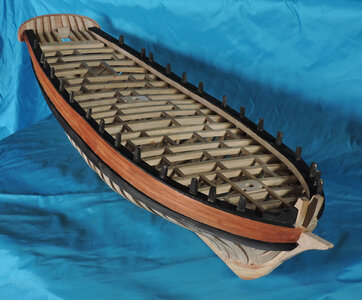





Good progress Dave - she is starting to look up!

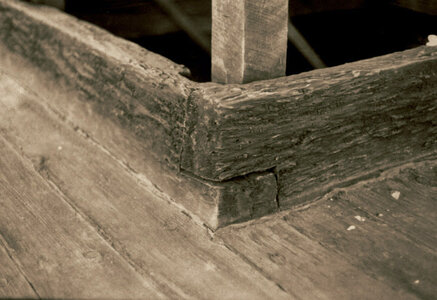
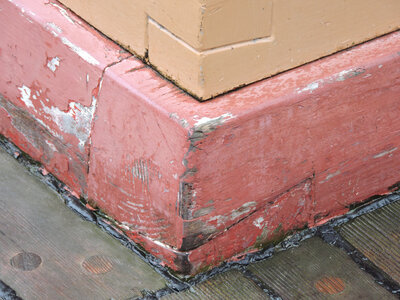
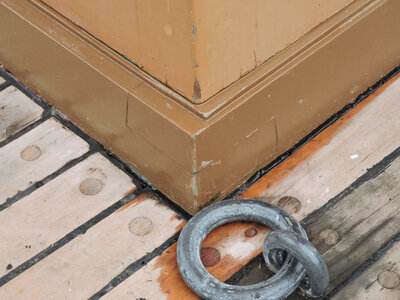
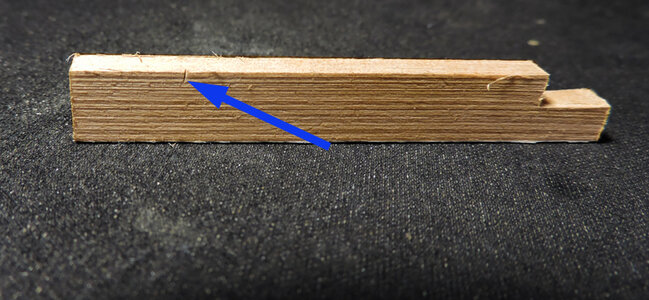
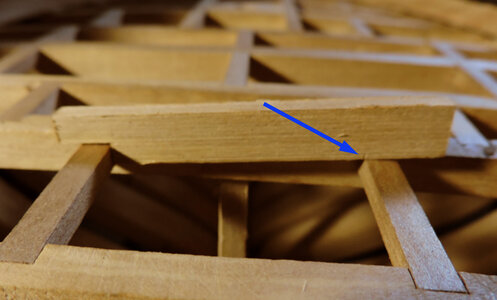
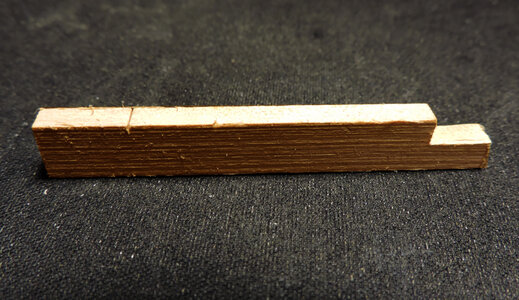
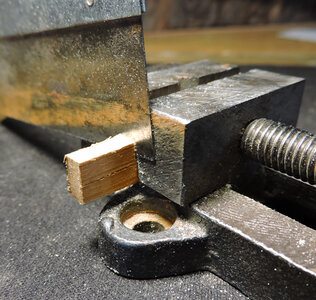
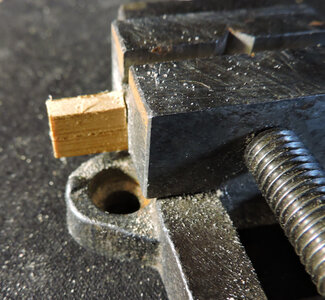

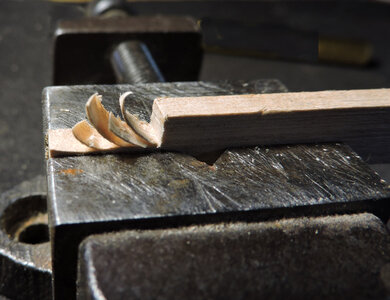
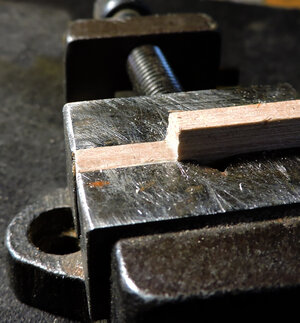
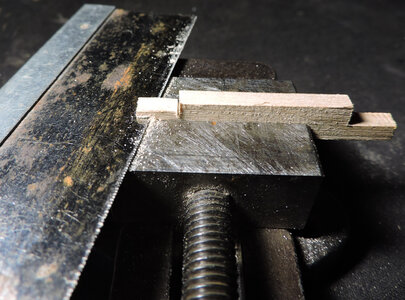
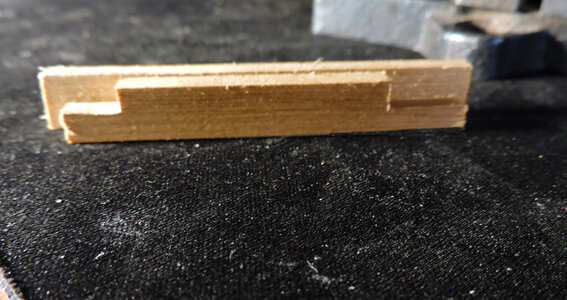

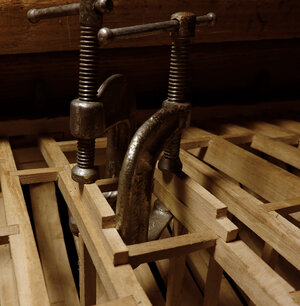
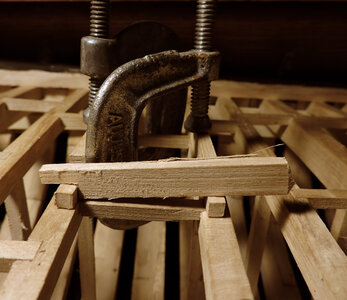
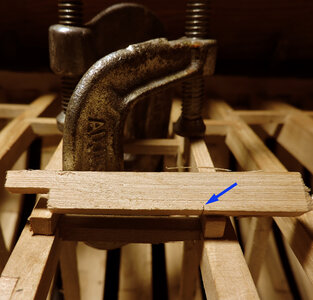
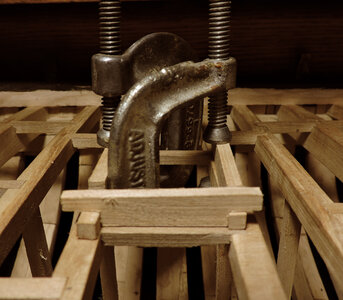

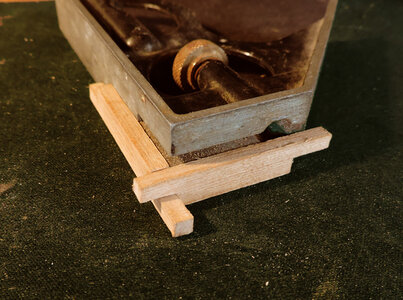
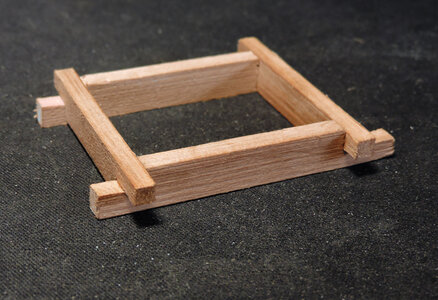
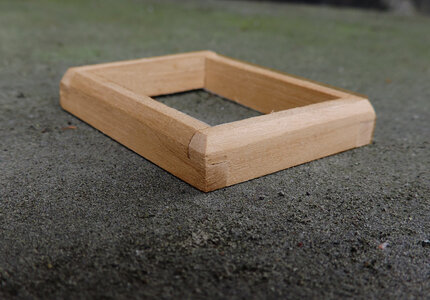

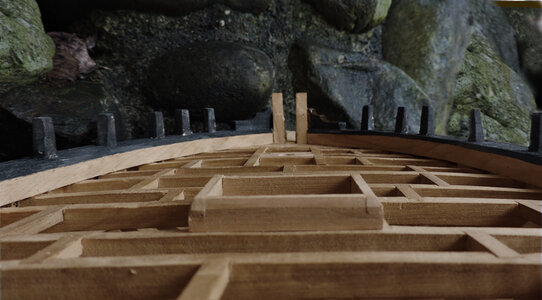
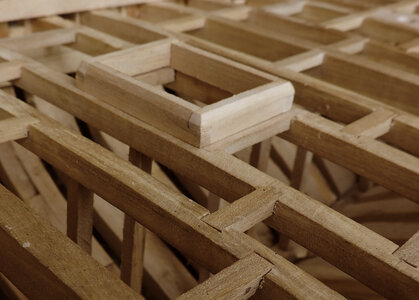
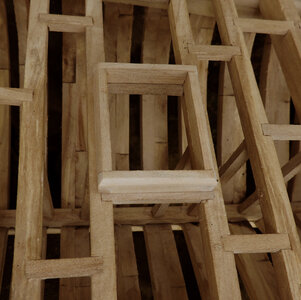


Dear Dave


A very proper coaming!
45 degree corners on a boat always open up. I think it is because the outer edges swell and shrink more than the inner edges. When Asian built yachts started coming into this country in the '70s they came with lots of golden teak woodwork. It looked great when new but too often the corners were simple 45's and within a year or two the corners had all opened up, the varnish was peeling and there was little one could do about it.
Fair winds.. Ed

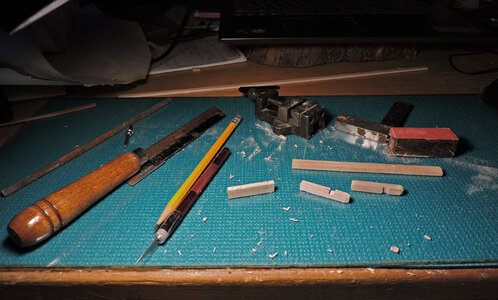
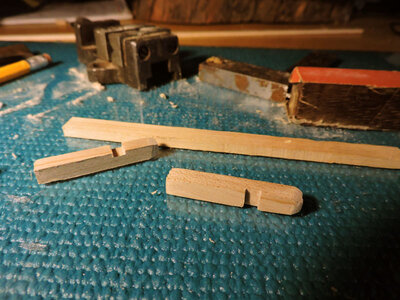
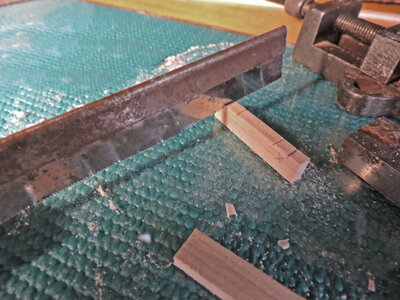
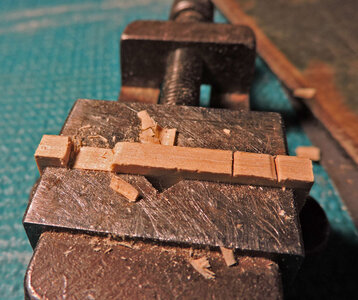
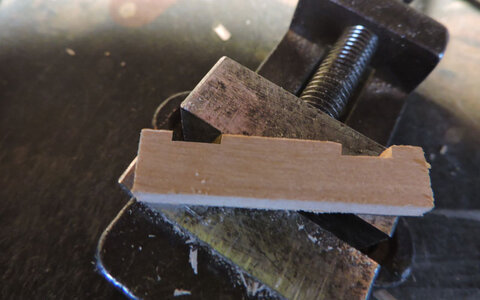
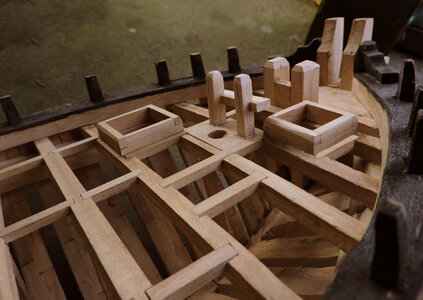
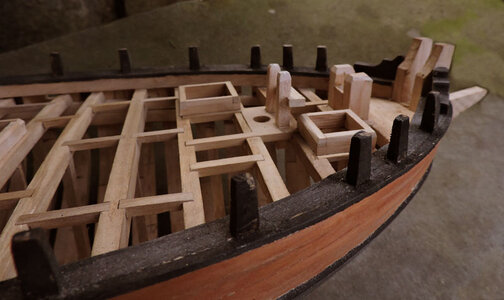
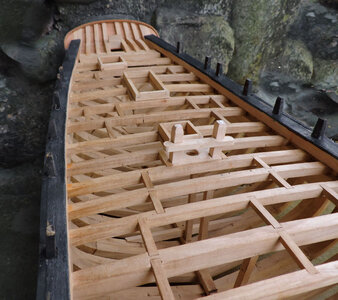
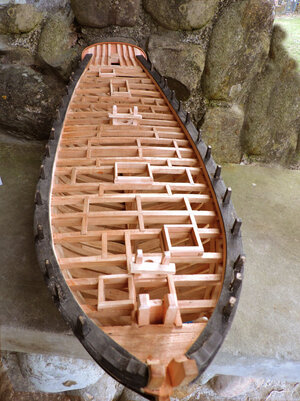

hey thanks BThats a very impressive build Dave.
What a great story. I am excited to know that I am going to learn a lot about some amazing shipsz
